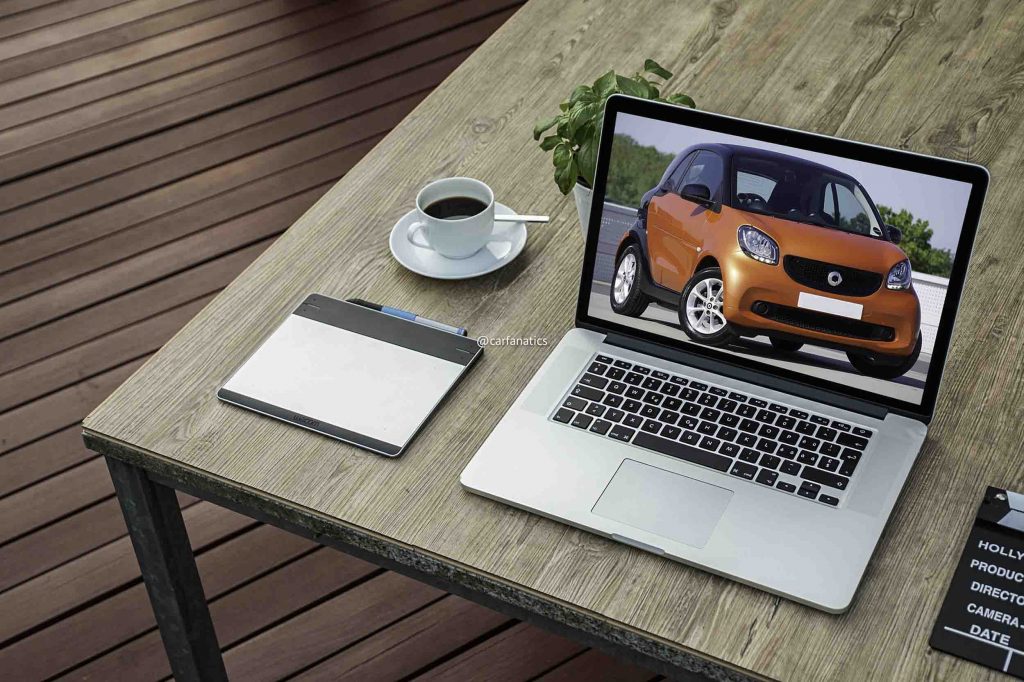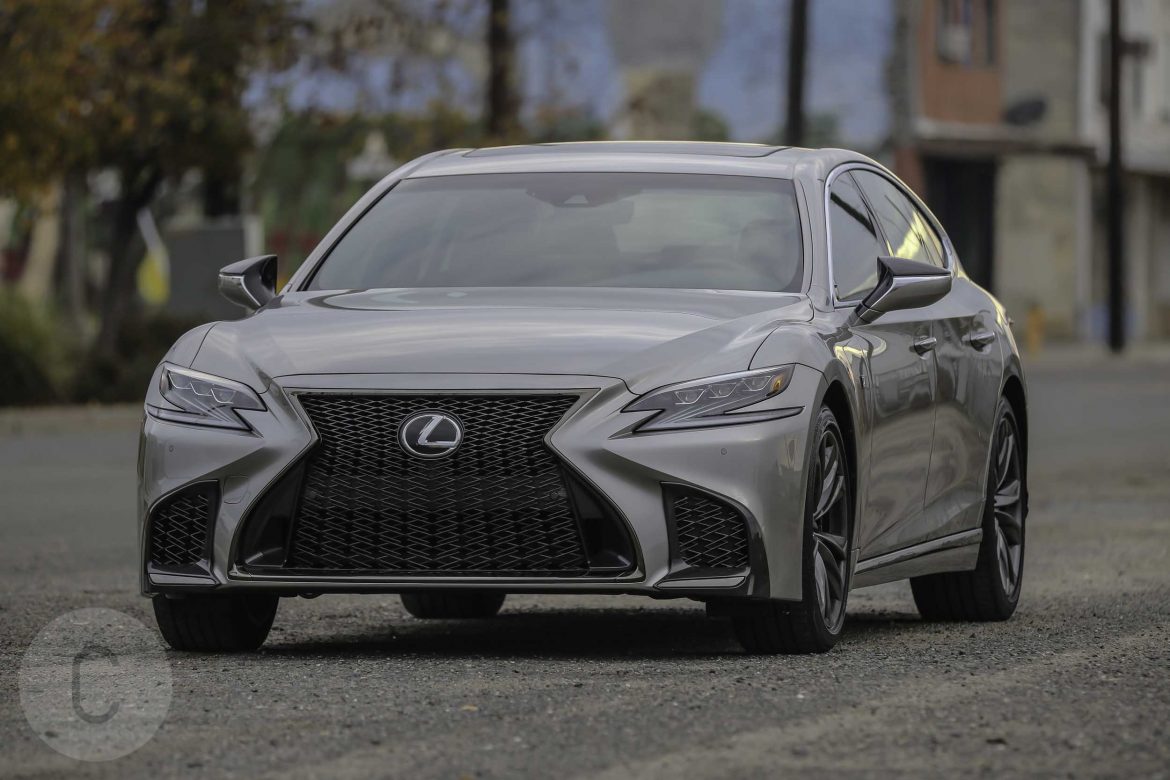Many people consider the purchase of their first car one of the most exciting experiences of their life. After all, buying your own vehicle is a sign of independence; the gateway experience that allows you to explore the world as you wish.
However, while buying a new car is incredibly exciting, it’s also confusing. You will need to consider a variety of different factors, none of which were covered in your driving lessons, when deciding which vehicle is the right choice for you. To ease the process, below, we’ve provided a step-by-step guide that can ensure you’re able to find the perfect car first time.
Step #1: Compile a list of “must-haves” and “nice-to-haves”
The first step to finding the right car for your needs is to establish what your needs are – and, most importantly, to draw a line between actual needs and things you would just like. In most circumstances, the needs you must focus on are simply: the size of the car, how much space you can find in your budget for monthly payments and gas, and the safety features. Everything else is largely an additional extra, something that you’d like, but don’t necessarily need in order to ensure the car is suitable for your purposes.
When you have established your basic list of needs, you can then create a second list of features or functionality that would you like to have. You can then refer to this list if there are two – or more cars – cars that satisfy your needs, with the vehicle that meets more of the “nice-to-haves” becoming the frontrunner.
Step #2: Consider where you should purchase the vehicle from

Now you have an idea of the features you know you need, you can set about researching your options. When doing so, how you intend to buy is a vital consideration. If your intention is to finance the purchase yourself from your own savings, then the world is essentially your oyster – you can buy from a dealer, from a private seller, or even from an auction.
Alternatively – and more commonly – you may want to consider financing options, which means you will need to explore options for sellers that provide first time car buyers with the loans they need to get on the road. While you can source an independent car loan that you can then use to buy from any seller, doing so can be hugely complicated and fraught with risks; wherever possible, look for a one-stop deal, opting for dealers that allow you to buy the vehicle and will provide the financing you require.
Step #3: Test drive at least three different cars
Let’s say that you head to your chosen dealership, find a car that suits your requirements, take it for a test drive, and realize that you love it. At this juncture, it may seem sensible to just call it quits; you’ve found a car that meets your needs and is exactly what you had in mind. Search complete… surely?
Not quite. While you can decide to purchase the first car you like, it’s usually best to try a few different options – even if the subsequent test drives of other vehicles only confirm that the first car you tried is as good as you initially thought. Given that a car is a substantial financial investment, there’s no harm in spending a little time considering your options.
When you’ve test-driven at least three cars – or more if you prefer – then you can begin to narrow your options. You don’t need to make a specific choice at this point, but you do need a shortlist that you now want to consider in more detail.
Step #4 – Run the numbers

The final step before buying the car is to sit and run the numbers related to the purchase. You can undertake this process for more than one car if you’re still struggling to decide, especially as the financial considerations can be a useful tiebreaker. Here are a few areas you may want to consider:
- If you’re purchasing the car from your own funds, check that you are happy with the price and that you’ve found the best deal for the make and model of car you wish to buy.
- If you are opting for financing, check that the monthly payments align with your overall budget.
- Consider the fuel economy; while the manufacturer’s miles per gallon (mpg) estimate may be impressive, it’s usually best to practice a little caution. Work out your projected fuel costs based on an mpg that is 20% lower than the manufacturer’s mpg, and potentially less if you frequently drive in cities. It’s also helpful if you factor in how fuel economy can fluctuate between seasons, so you can ensure that the cost of gas will be suitable for your budget all year round.
- Ask the dealer if any guarantees or warranties are provided with the vehicle and if these require a deductible in order to access any repairs that may be needed during the protected term.
There is a chance that, having gone through the above, you find that your preferred vehicle is not as affordable as you initially thought. In such a scenario, you have two choices: you can start the process again, or you can see if you can alter your budget to meet the higher costs. Just ensure that, if you do choose to change your budget, all your essential life expenses will still be sufficiently covered.
Step #5 – Make your final decision
If you’re still struggling to choose between two cars, then ultimately, your gut instinct may be the best guide. If each car has passed the above tests – the test drive, the specific financial check and more – then you can be confident either could be a good choice for you, so there’s no harm in letting your instinct take the wheel for the final decision.
When you have settled on one vehicle, then all that’s left to do is…
Step #6: Buy the car

And that’s it: you’ve reached the end of the process, and can now be confident that you have found a car you like, that’s suitable for your needs, and within your budget both now and in the future – enjoy!


